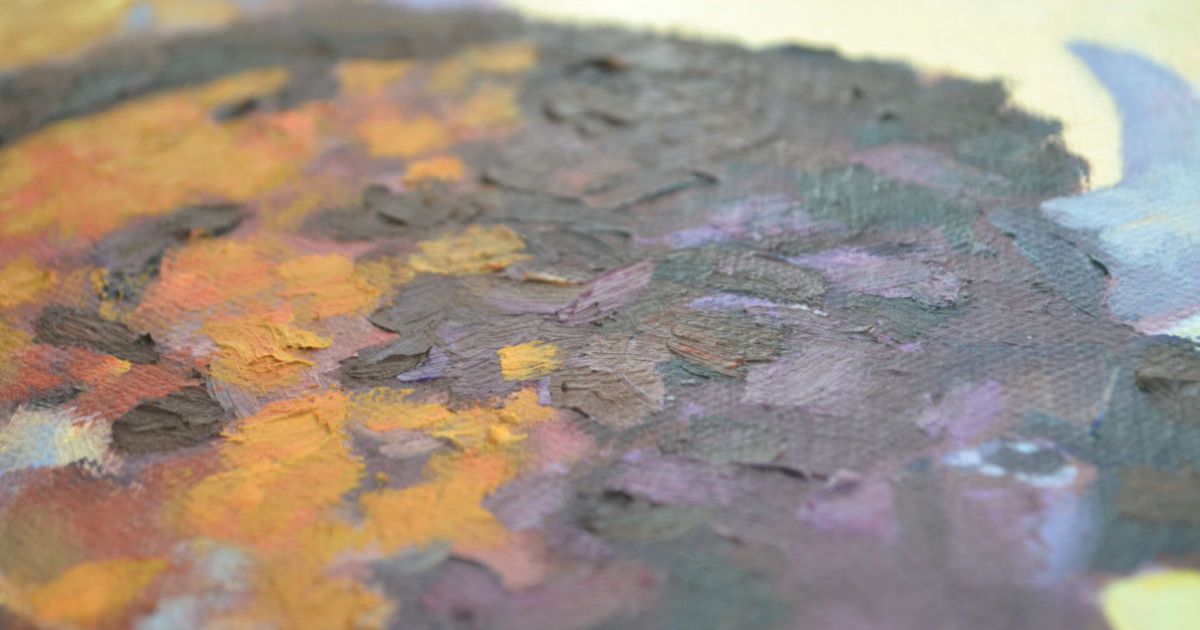Texture is a great addition to your paintings, bringing an added dimension to your creativity.
by Christine Camilleri
When painting in oils, it’s possible to create thick layers of oil paint, called impasto, that add texture to your work. The drawback is that because the application needs to be thick, the paint can take a long time to dry—and can be costly, too, as you use more oil paint than usual.
I wanted to enhance my bison oil paintings by adding more texture and depth without compromising the paint quality, altering the paint color and temperature, or waiting days for the paint to dry. I discovered the perfect solutions in two specific mediums.
Learn more about Christine Camilleri and see her pastel depictions of bison in the Winter 2024 issue of Pastel Journal.
Cold Wax Medium and Impasto Medium
Mediums change the behavior of oil paints. The two mediums I use that result in slightly different but effective outcomes for impasto texture are cold wax medium (I use Dorland’s) and impasto medium (I use Rublev Colours).
Both mediums are particularly well suited to palette knives, and brushstrokes are retained with their use. My personal preference is to not overdue the impasto effect, but there’s also no reason not to paint thicker if you’d like.
Using the cold wax medium: You can add 30 to 50 percent medium to oil paint, mix with a palette knife, and paint on canvas. The proportions are flexible, enabling you to determine the thickness you desire. If you use more cold wax to paint, a rigid support is recommended, as the medium stays flexible and may cause cracks on canvas.
Using the impasto medium: You can add the medium with indiscretion, but keep in mind that mixing in too much may alter the drying time and cause a color shift.
Mediums in Action
I find that bison have dense fur that’s perfect for textural work. I like painting these animals in a dramatic sidelight and, after the mediums are dry or almost dry, I can skip over the fur texture to mimic the sun’s rays. I also like that brushstrokes are retained. Below are details of my bison paintings, Prairie Quiet and That’s Close Enough, featuring the two mediums.
Prairie Quiet
When I paint bison, I’m very aware of their size, bulk, and thick fur. Because I want to convey their stature and size, I often paint them from the perspective of looking up from the ground, usually focusing directly on the massive head and those wild eyes. I’m also looking for drama, so I often use the side light of the sun.
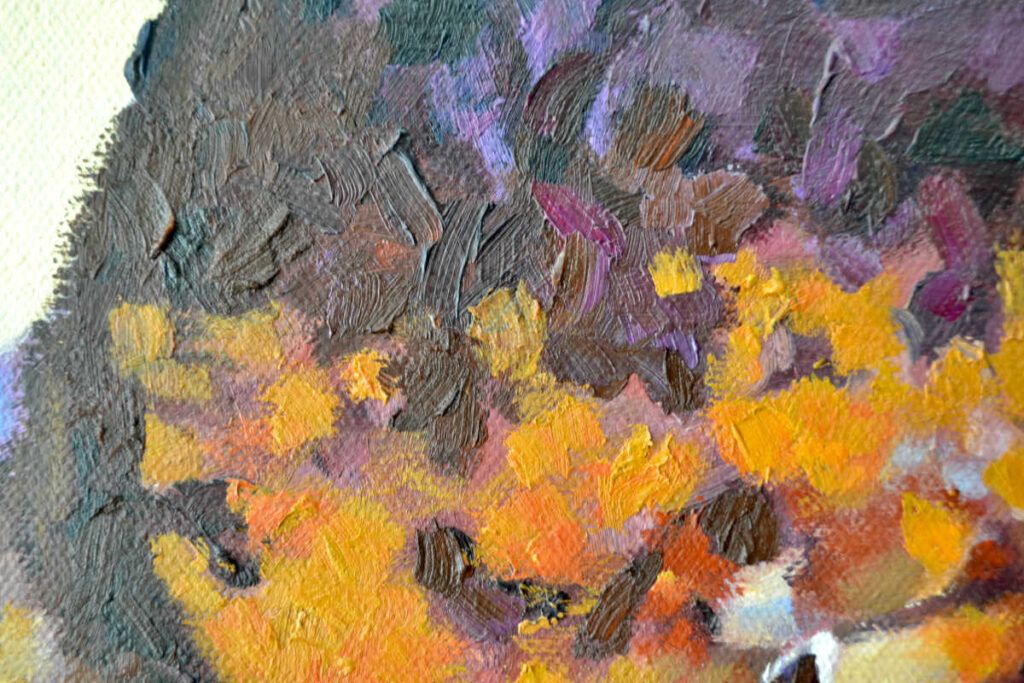
Meanwhile, sagebrush and grasses in the foreground also get the same treatment. The mediums provide a wonderful three-dimensional quality that is difficult to achieve except with thick layers of oil paint.
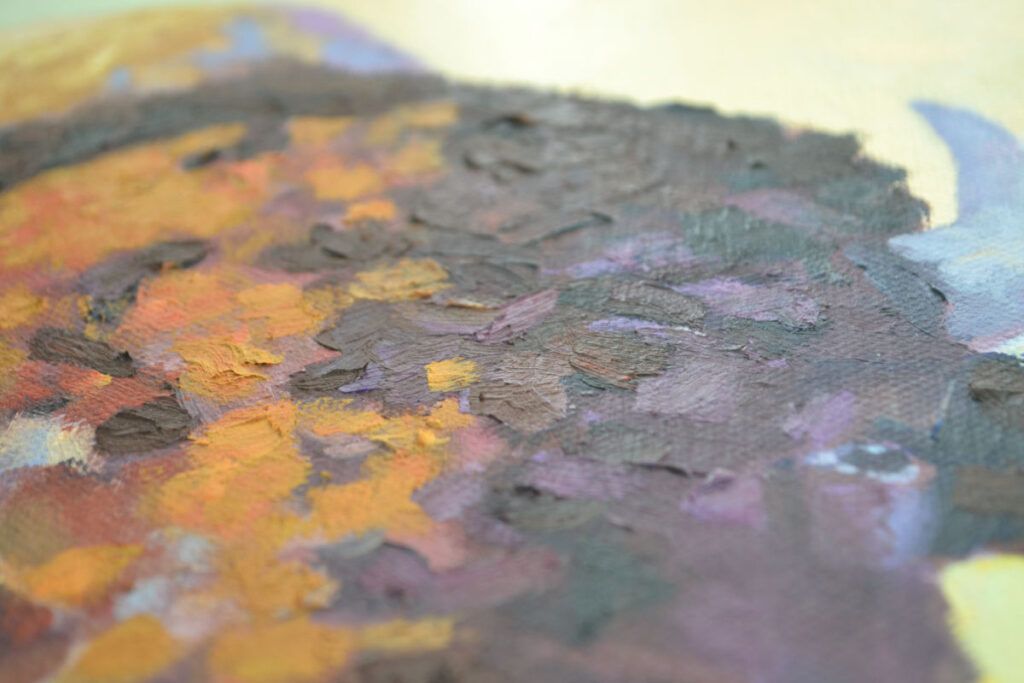
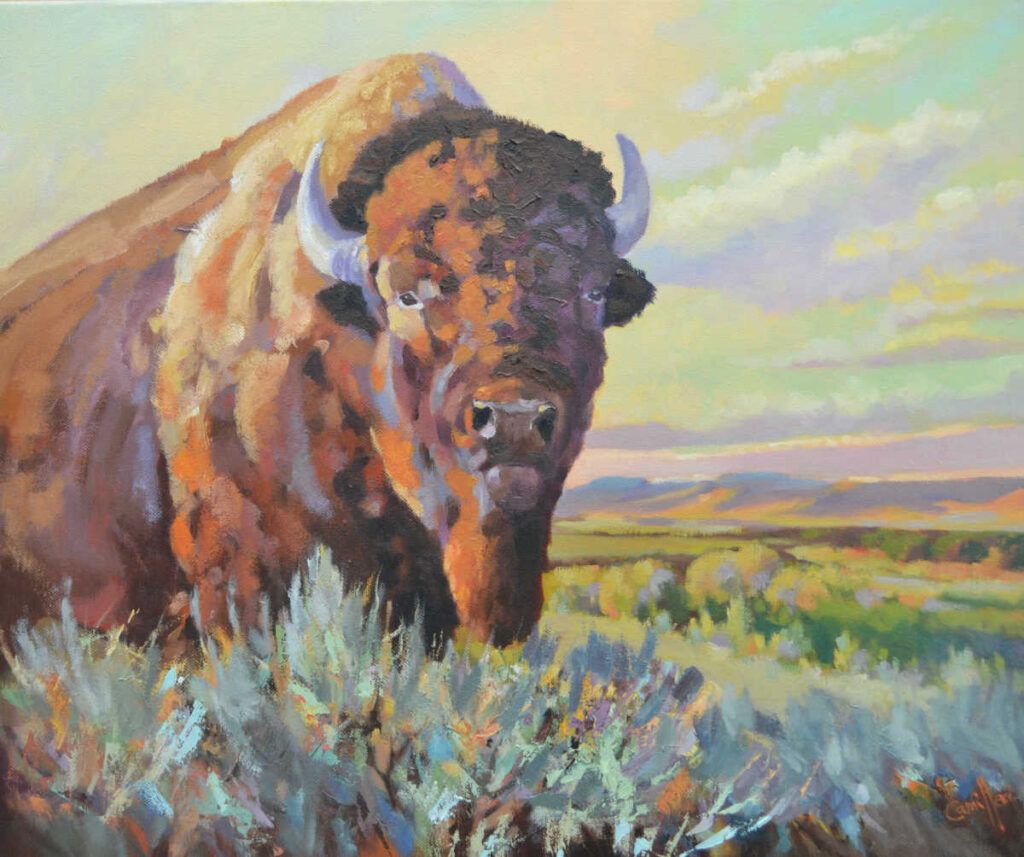
That’s Close Enough
I enjoy pushing people’s expectations beyond, “The grass is green, the sky is blue, and bears—or bison—are brown.” We live in a world of color, so why not use its beauty to full advantage? That’s what I did with That’s Close Enough.

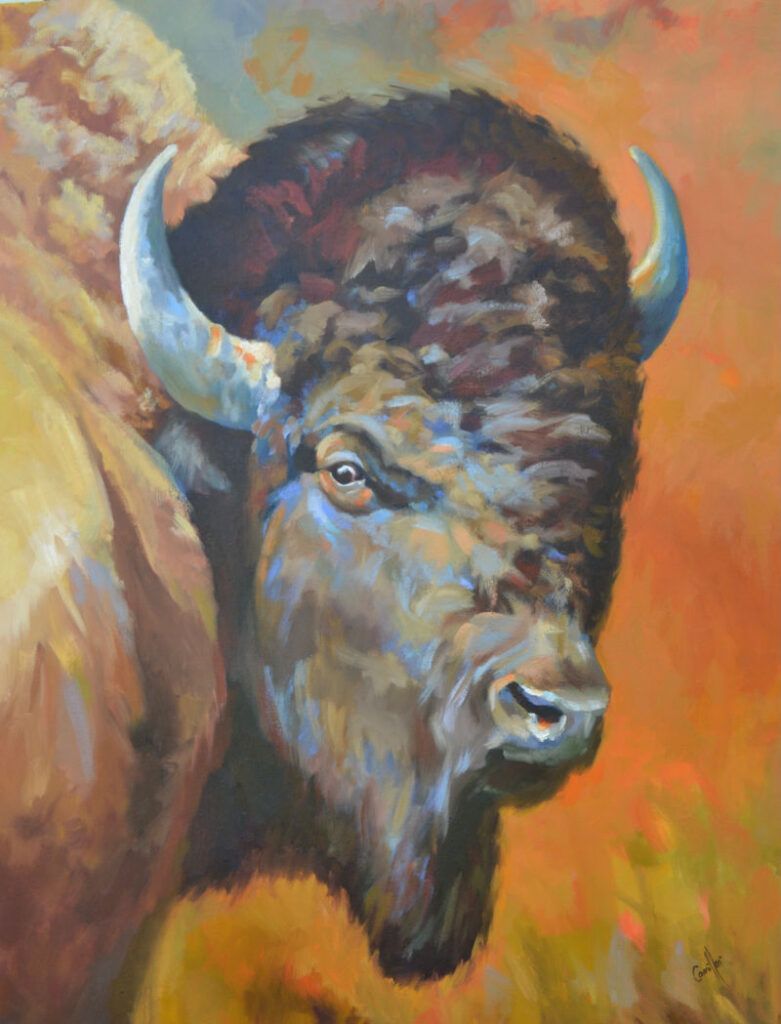
Bison vs. Buffalo
Although the terms “bison” and “buffalo” are often used interchangeably, they’re distinct animals. Here are five characteristics that set them apart:
Bison are found in North America and Europe. Buffalo are native to Africa and Asia.
Bison have massive heads. Buffalo have cowlike-shaped heads.
Bison have a hump at the shoulders. Buffalo don’t.
Bison have beards. Buffalo don’t.
Bison have short, sharp horns. Buffalo tend to have large horns with pronounced arcs.
Meet the Artist

Christine Camilleri, of Chilliwack, British Columbia, Canada, has been a professional artist for over 20 years, working in oil, pastel, and acrylic. She’s a Signature Member of the Federation of Canadian Artists; a Master Circle Member of the International Association of Pastel Societies; a Master Pastelist with Pastel Artists Canada; and an Associate Member with the Pastel Society of America. She has received numerous awards for her paintings throughout her artistic career, and her works have appeared in solo and group exhibitions. A sought-after art instructor, she also enjoys fly fishing, skiing, hiking, and backpacking in her spare time.
